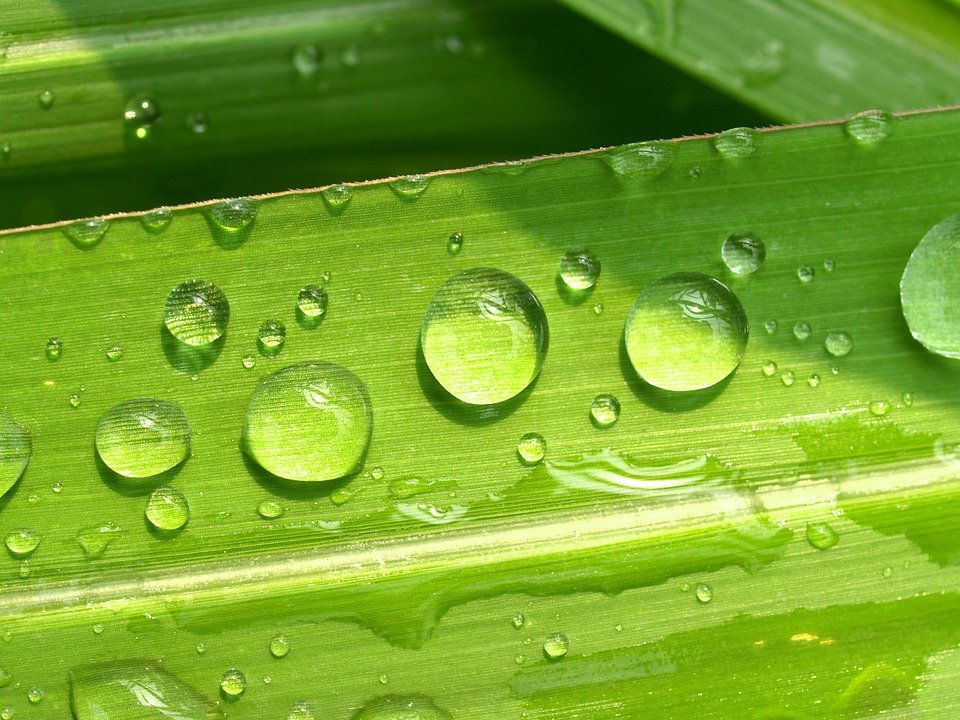How Does Climate Change Affect Hawaii?
Hawaii, with its unique tropical climate and rich biodiversity, is particularly vulnerable to the impacts of climate change. Situated in the central Pacific Ocean, this archipelago relies heavily on its natural resources, making it sensitive to climate-related changes. The effects of climate change manifest in various ways, including rising sea levels, ocean warming, altered weather patterns, and threats to native species.
1. Rising Sea Levels and Coastal Erosion
#
A. Sea Level Rise and Flooding
Rising sea levels, primarily due to melting ice caps and the thermal expansion of seawater, pose a significant threat to Hawaii’s coastal communities. Over the past 50 years, sea levels have risen between 2 to 8 inches along Hawaii’s shores, increasing the risk of flooding and threatening critical infrastructure located near the coast[1][2]. This rise exacerbates existing coastal hazards such as hurricanes and tsunamis.
#
B. Coastal Erosion and Loss of Beaches
The combination of higher sea levels and more intense wave activity accelerates beach erosion, leading to the loss of iconic shorelines that are vital for tourism and local ecosystems[1][2]. Chronic erosion has affected over 70% of beaches on Kauai and Maui in the last century, impacting habitats for coastal species and threatening cultural sites[1].
2. Ocean Warming and Coral Bleaching
#
A. Rising Ocean Temperatures
Warming ocean temperatures are causing significant coral bleaching events in Hawaii. Coral reefs expel the algae that provide them with color and nutrients when water temperatures exceed their tolerance levels[1][4]. Mass bleaching events have been documented in recent years, with projections indicating that severe bleaching could occur annually by 2048 if current trends continue[4].
#
B. Impact on Marine Ecosystems
Coral reefs are crucial for marine biodiversity; they provide habitat for numerous fish species and support local fishing industries[2][4]. The decline of coral reefs threatens not only marine life but also the economy that relies on fishing and tourism activities associated with healthy reef ecosystems.
3. Changes in Weather Patterns
#
A. Altered Rainfall Patterns
Climate change is shifting rainfall patterns across Hawaii, resulting in drier conditions in some areas while increasing rainfall intensity in others[1][2]. This variability heightens the risk of droughts, affecting freshwater availability for agriculture and communities, while also leading to flash flooding during intense rain events.
#
B. Increased Frequency of Extreme Weather Events
Hawaii is experiencing more frequent and intense storms and hurricanes due to climate change. These extreme weather events bring high winds, heavy rains, and flooding that threaten infrastructure and public safety[2][4]. The projected increase in storm frequency poses additional risks to human safety and economic stability.
4. Impact on Native Species and Ecosystems
#
A. Threats to Endemic Species
Hawaii is home to many unique species that are particularly vulnerable to climate change impacts. Changes in temperature, habitat loss, and altered precipitation patterns threaten these endemic species with extinction[3][6]. For instance, warming temperatures allow invasive species to spread more easily, further endangering native flora and fauna.
#
B. Spread of Invasive Species
The changing climate creates favorable conditions for invasive species, which can outcompete native plants and animals[3][6]. This competition disrupts ecosystem balance and threatens biodiversity across the islands.
5. Climate Change Adaptation and Mitigation Efforts in Hawaii
Hawaii is actively pursuing strategies to address climate change impacts through various initiatives:
– Shoreline Protection and Restoration: Efforts include restoring beaches and implementing coastal barriers to mitigate erosion.
– Coral Reef Restoration: Initiatives focus on managing fishing practices and limiting tourism impacts on sensitive reef areas.
– Renewable Energy Transition: Hawaii aims to achieve 100% renewable energy by 2045, reducing reliance on imported fossil fuels[2][5].
FAQs
– How does sea level rise affect Hawaiian beaches?
Sea level rise leads to increased flooding and accelerated beach erosion, threatening both natural habitats and tourism.
– Why is coral bleaching a serious issue in Hawaii?
Coral bleaching weakens reefs that are vital for marine biodiversity and local economies reliant on fishing and tourism.
– How is Hawaii addressing water scarcity due to climate change?
Hawaii is implementing water conservation strategies alongside efforts to manage altered rainfall patterns.
– What are some invasive species affecting Hawaii’s ecosystems?
Invasive species such as certain insects and plants threaten native ecosystems by outcompeting local flora and fauna.
– How does climate change impact Hawaii’s tourism industry?
Erosion of beaches and declining coral health can deter tourists, significantly impacting Hawaii’s economy which relies heavily on tourism.
Conclusion
Climate change poses significant risks to Hawaii’s coastal infrastructure, biodiversity, and freshwater resources. The state must continue its efforts toward local adaptation strategies while contributing to global climate action initiatives to protect its unique environment for future generations.

Kyle Whyte is a notable scholar and professor at the University of Michigan, holding positions such as the George Willis Pack Professor in the School for Environment and Sustainability and Professor of Philosophy. Specializing in environmental justice, his work critically examines climate policy and Indigenous peoples’ ethics, emphasizing the nexus between cooperative scientific endeavors and Indigenous justice. As an enrolled Citizen Potawatomi Nation member, he brings a vital perspective to his roles as a U.S. Science Envoy and member of the White House Environmental Justice Advisory Council. His influential research is supported by various prestigious organizations including the National Science Foundation, and disseminated through publications in high-impact journals. Kyle actively contributes to global Indigenous research methodologies and education, with affiliations to numerous institutes and societies dedicated to traditional knowledge and sustainability. Recognized for his academic and community engagement, Kyle has earned multiple awards and served in various visiting professorships. His efforts extend to leadership positions on boards and committees focused on environmental justice nationwide.
